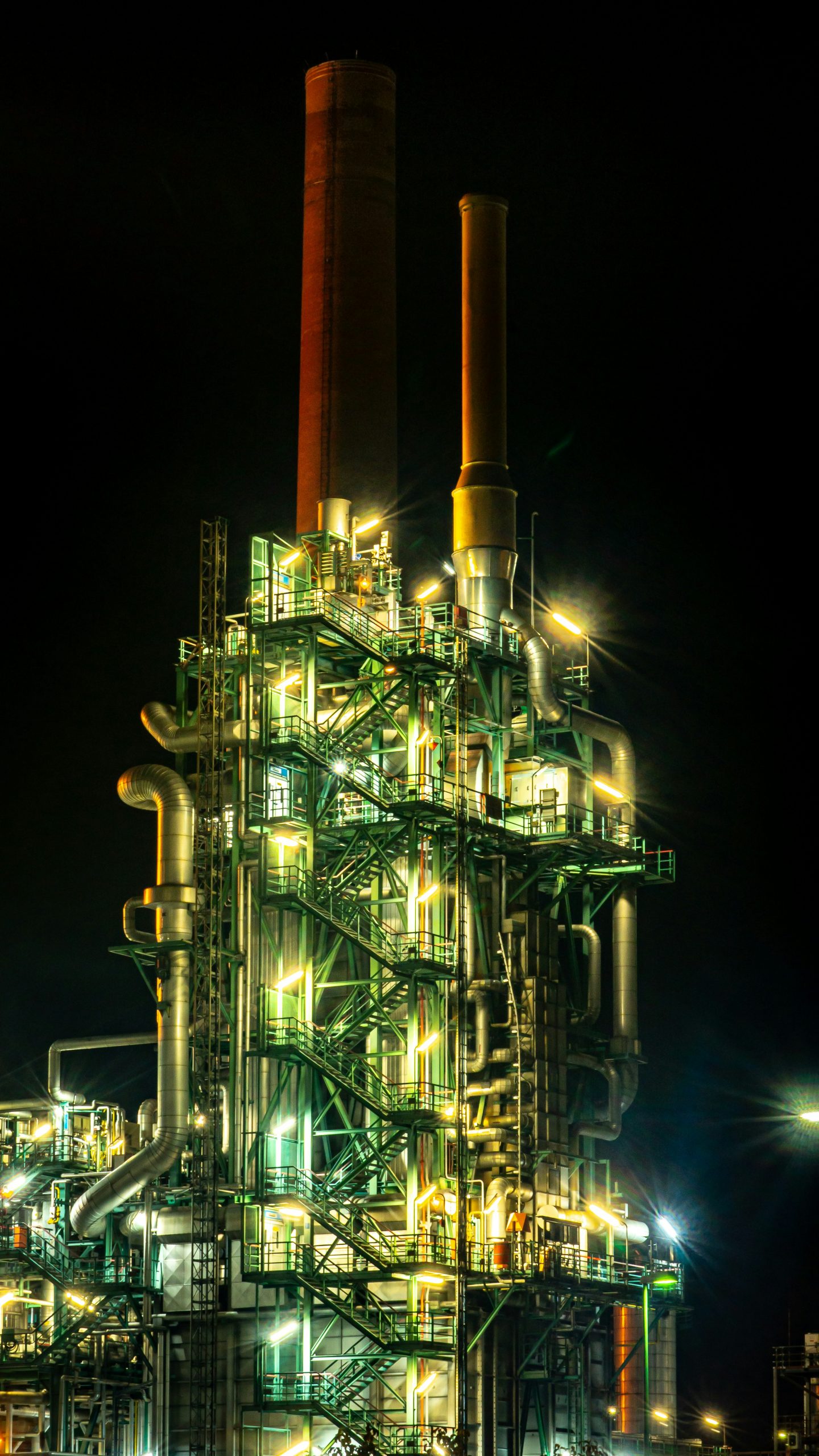Emissions of main building materials – past and present
Economic development has been based so far on permanently increasing demand for materials and products. Building materials, such as cement,
steel and aluminium, due to their amount and energy consumption, have the biggest share in global CO2 emission. They account for 13% of direct carbon emissions from the global use of fossil fuel.
Predictions show that, with population increase, the global buildings floor area will double by 2060 with rapid infrastructure development. This will mainly take place in the developing countries. In order to predict future emission trends for the most energy-consuming materials, including cement, steel and aluminium, a historic analysis of their production
is necessary along with specifying sectors where these materials are used. This will enable defining strategies to minimize their environmental impact
through their effective use. This article, based on the data from the 2019 report drafted by the International Energy Agency (IEA), indicates historical
demand trends for three energy-consuming building materials – steel, cement and aluminium.
The full paper can be accessed in Highways(Document in polish)













